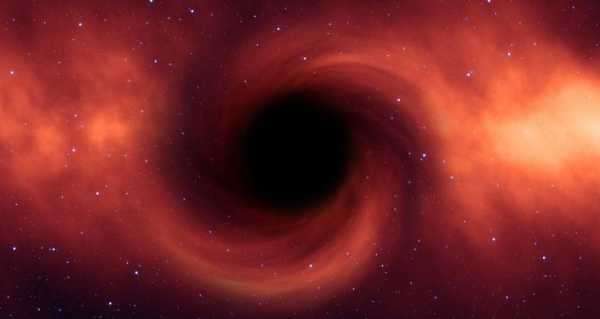
Officials with the US’ National Aeronautics and Space Administration (NASA) previously released an animation in September 2019 that offered viewers a peek at how infalling matter became part of a black hole’s accretion disk, ultimately providing a better understanding of the object’s structure.
NASA researchers recently unveiled a new animation that explains the intertwining relationship between two black holes, specifically pinpointing on how the binary system is able to distort and redirect light that surrounds an accretion disk.
The animation was published on April 15 and is the work of a team of researchers led by Jeremy Schnittman, an astrophysicist at NASA’s Goddard Space Flight Center in Greenbelt, Maryland. It shows two black holes, one of which is colored in red and is about 200 million times the mass of the sun. The second black hole, which is illustrated in blue, weighs about half of that mass.

A face-on view of the system highlights the smaller black hole’s distorted image (inset) of its bigger companion. To reach the camera, the smaller black hole must bend light from its red companion by 90 degrees. The accretion disk of this secondary image appears as a line, which means we’re seeing an edge-on view of the red companion – while also simultaneously seeing it from above. A secondary image of the blue disk also forms just outside the bright ring of light nearest the larger black hole, too.
It’s worth noting that the distortions detected in the animations are not seen when the viewer is examining the binary system from above, a development that serves as an example of a subtle phenomenon known as relativistic aberration. The animation shifts between an orbital plane view and an overview shot.
“A striking aspect of this new visualization is the self-similar nature of the images produced by gravitational lensing,” Schnittman explained. “Zooming into each black hole reveals multiple, increasingly distorted images of its partner.”
In order to create the animation, Schnittman calculated the movements by tapping the capabilities of the Discover supercomputing at the NASA Center for Climate Simulation.
Sourse: sputniknews.com






